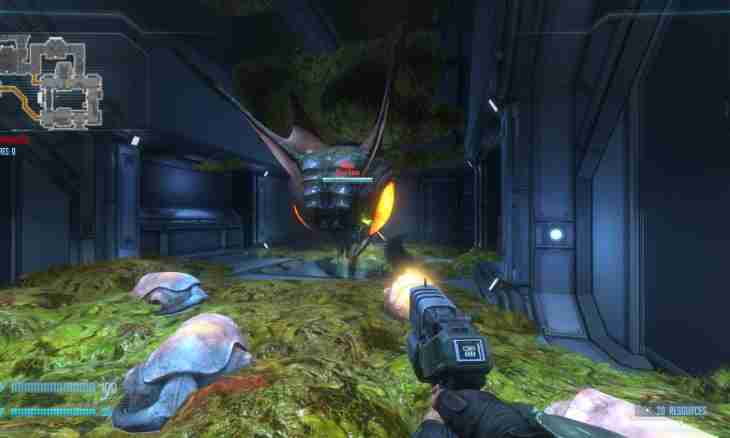Natural selection is a process of survival of the organisms which are most adapted for environmental conditions and death unadapted. It is the major driving factor of evolution of all living organisms. To such opening several scientists came almost at the same time: V. Wells, E. Blyth, A. Wallace and Ch. Darwin. The last created the whole theory on the basis of natural selection.
According to the logic of Darwin reasonings, among organisms of one look each individual in something differs from other individuals, that is there are more adapted and less adapted organisms. In fight for existence survive more often more adapted. As it occurs in each generation, useful changes collect over time, organisms gradually become in many respects unlike the initial ancestors. Thanks to natural selection there are all new types. But evolution - process slow. The new look is formed tens and hundreds of thousands of years. Therefore direct observation of natural selection is almost impossible.
Darwin theory explained with action of natural selection fitness of organisms to the environment and variety of types. It is still relevant, and all numerous attempts to disprove it were not crowned with success.
There are several types of natural selection. Driving selection is responsible for formation of new adaptive signs. Except it, in constant environmental conditions the stabilizing selection which is directed to maintenance of already existing devices works. At such selection all strong changes of signs are cut and individuals with the average value of signs normal for population survive. The stabilizing selection can maintain sign millions of years. Natural selection leads to emergence of new devices and signs. In it two of its are expressed the main result - the accumulating and transforming effects. The effect of accumulation represents gradual strengthening of signs useful to an organism. For example, if the victim is initially larger than the attacking predators, then further increase in the sizes will better protect it. The accumulating effect of selection is shown also in relation to separate bodies. Development of bark of big hemispheres in vertebrata, increase in the sizes of a forebrain - examples of the accumulating effect. The reformative effect consists in change of signs according to changes of the environment. That is, strengthening useful and weakening the signs which became unnecessary, natural selection creates new types. This creative role of selection is expressed in transformation of individuals of an all type. The supporting and distributing effects are peculiar to also natural selection. The fitness of organisms which are exposed to selection cannot decrease. It either increases, or remains at the same level. The supporting effect of natural selection is so shown. The distributing effect consists in distribution of organisms of this look within the environmental conditions which are the most suitable to it. Thus, natural selection is a major driving factor of evolution, though not only.
